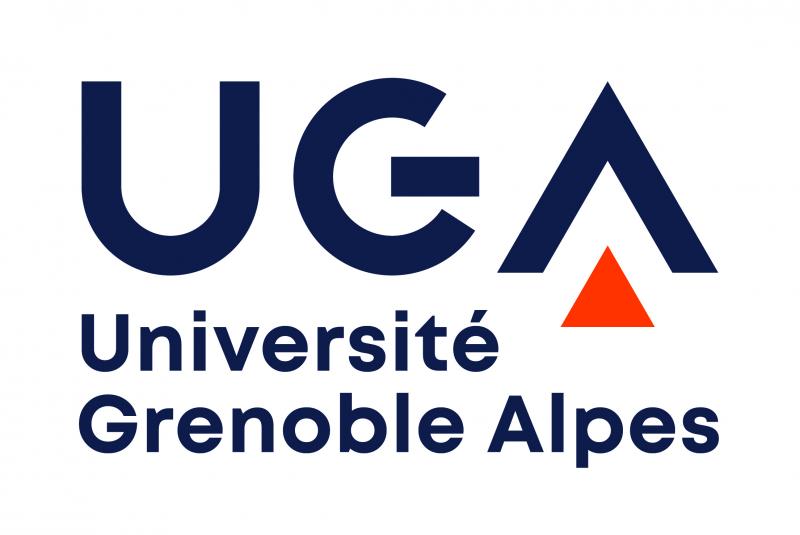Post-doc - Mélaine Cherdieu (2015-2016)
Can arm-hand gestures help to learn arm-hand anatomical structures?

Post-doc Mélaine Cherdieu - Documents associés : abstract
Supervisors :
- Amélie Rochet-Capellan - (MAGIC, GIPSA-Lab)
- Pascal Perrier - (MAGIC, GIPSA-Lab)
Collaborators :
- Olivier Palombi - (IMAGINE, LJK-INRIA)
- Jocelyne Troccaz - (GMCAO, TIMC)
Anatomy learning is one of the most difficult topics for the students in medical and paramedical courses as it requires complex visuo-spatial skills and is highly correlated to visuo-spatial abilities. Students have to understand the spatial relationship between complex structures and their relative functions. To do so, they need to build 3 dimensional (3D) mental representations. A lot of new techniques have been developed to teach anatomy. Most of these techniques involve an active participation of the students such as manual movements to explore 3D models. More recently, and in the framework of embodied cognition, direct implication of the body has been tested, such as making facial mimic to learn functional anatomy of the face (Dickson et Stephens 2015). Embodied cognition theories describe cognition as an activity linked to the body and to its interaction with the environment (Clark & Chalmers, 1998; Varela, Thompson, & Rosch, 1993): the cognitive processes depend on previous experiences and are grounded in the sensorimotor processes involved in these experiences (Borghi & Pecher, 2011; Wilson, 2002).
Different body motion could play a role in embodied learning. In collaboration with the IIHM team of the LIG, we are investigating the interaction between new technology tools such as augmented reality and the way people learn (see [lien vers Laurence???). In parallel, we also investigate how “natural” body gestures, such as hand movements, can help to learn anatomy.
Manual gestures are indeed of particular interest in embodied learning. Previous work provides evidences of embodiment for different kind of learning. For example, manual gestures can help problem solving and mathematical knowledge acquisition in children (Alibali & Nathan, 2012) ; second language learning (Church, Ayman-Nolley, & Mahootian, 2004), (for review see Goldin-Meadow & Wagner, 2005; Hostetter & Alibali, 2008) or processing and memorization of sentences (Chao, Huang, Fang, & Chen, 2013; Kelly, Ozyurek, & Maris, 2010). Some studies have investigated the effect of manual gesture in learning and memorization of anatomical concepts (Dickson & Stephens, 2015; Oh, Won, Kim, & Jang, 2011). In line with this previous work, our aim is to assess the effect of manual gesture when learning structural and functional anatomy of the arm. In particular, we want to evaluate if gesturing during learning could facilitate the creation and memorization of: (1) 3D mental representations of anatomical structures involved themselves in the gesture; (2) lexical and conceptual knowledge.
Scientific productions :
- Mélaine Cherdieu, Olivier Palombi, Pascal Perrier, Jocelyne Troccaz, Amélie Rochet-Capellan. Make gestures to learn: the case of anatomy learning.. Ongoing Work
- Mélaine Cherdieu, Amélie Rochet-Capellan, Pascal Perrier, Jocelyne Troccaz, Olivier Palombi. Move to learn: Can gestures help anatomy learning?. Spatial Cognition 2016 August 2-5 2016, Philadelphia, USA. 2016.
- Mélaine Cherdieu, Olivier Palombi, Pascal Perrier, Jocelyne Troccaz, Amélie Rochet-Capellan. . Winter, The fifth winter school on Speech Perception and Production, Learning and Memory January 2017, Chorin, Germany. 20176.


 Connexion
Connexion














